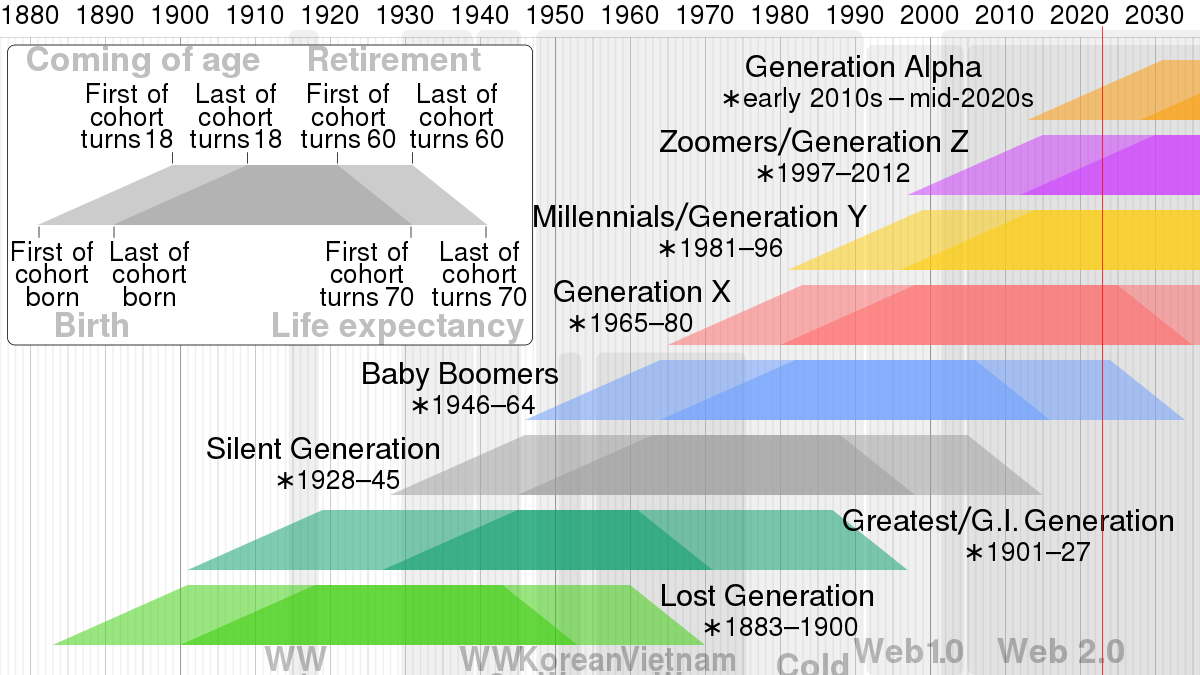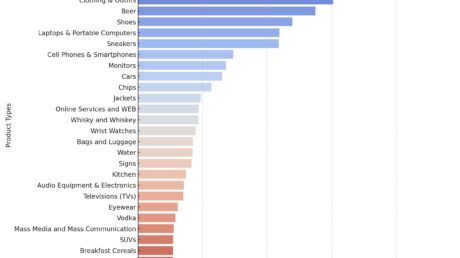Though it may be tempting to lump them in with Gen Z (born between 1997 and 2012), a successful Gen Alpha (born after 2013) strategy will require marketers to understand their differences.
Here are three ways the two generations differ, and how marketers can use those differences to target Gen Alpha consumers.
1. Gen Alpha will be even more digital-forward
As the second digitally native generation, Gen Alpha will adopt technologies like smartphones and social media even faster than Gen Z.
- 36.0 million Gen Alpha consumers will be internet users this year, exceeding those in the 18-to-24 and 12-to-17 age brackets, according to our forecast.
- We also forecast the number of US Gen Alpha smartphone users will reach 8.8 million this year and grow to 10.2 million by 2026.
- The number of Gen Alpha social network users will climb slowly over the next four years, from 6.4 million in 2023 to 6.7 million in 2026, per our forecast.
What it means for marketers: Gen Alpha will grow up “immersed in a mobile reality,” said our analyst Christina Obolenskaya. Marketers need to create seamless digital experiences across platforms and target Gen Alpha consumers with mobile-first strategies.
2. Gen Alpha will be more diverse
Representing 13% of the US population and counting, Gen Alpha consumers are more diverse than every other age demographic.
Nearly 3 in 10 (26%) Gen Alpha consumers are Hispanic (compared with 19% for the general population) and 7% are two or more races (versus 3% for the overall population), according to US Census Bureau data.
What it means for marketers: This generation expects the diversity they see in their peers to be reflected in marketing efforts. But diversity doesn’t just apply to race: Gen Alpha expects diversity in age, sexual orientation, gender, and more.
3. Gen Alpha consumers are still children
As Gen Z enters early adulthood, Gen Alpha is still squarely in the beginning stages of life, relying on their parents to shop for them. That doesn’t mean they don’t have purchasing power, according to a Morning Consult report, which defines Gen Alpha as consumers ages 0 to 9.
- Children’s influence on household purchases takes hold around age 5, when they become more skilled communicators and start going to school where peers begin to inform their opinions.
- Stores are the primary source of influence for Gen Alpha purchases, but TV and online ads are also purchase drivers among children ages 5 to 9.
- 56% of Gen Alpha parents say their children watch shopping content (like haul and unboxing videos), where they get ideas about new products and brands.
Marketers need to keep parents in mind.
- 70% of Gen Alpha parents are millennials, 60% don’t have a college degree, and 47% live in suburban areas, according to Morning Consult.
- Gen Alpha parents have already begun talking with their children about their own personal mental health (46%), their own personal body image (45%), race/racism (34%), the environment/climate change (34%), and gender norms (27%).
What it means for marketers: Gen Alpha consumers are not shy about sharing their preferences with their parents. In-store promotions may be the best way to target younger consumers, but working with influencers on branded videos may also drive purchases. To reach Gen Alpha’s parents, marketers should lean into how their products or services can improve their children’s well-being or make the world a better place.
This was originally featured in the eMarketer Daily newsletter. For more marketing insights, statistics, and trends, subscribe here. Written by Arielle Feger.




